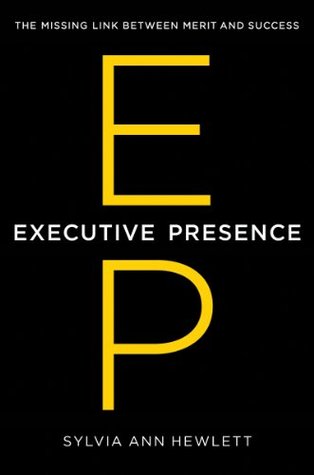More on this book
Kindle Notes & Highlights
colleagues size up your competence, likability, and trustworthiness in 250 milliseconds—based simply on your appearance.
colleagues size up your competence, likability, and trustworthiness in 250 milliseconds—based simply on your appearance.
Once the emphasis shifted to safety, however, the company stopped rewarding “the biggest baddest roughnecks” in favor of men who could admit to mistakes, seek help when they needed it, and look out for each other. Over a period of fifteen years, this shift in values and norms helped the oil company achieve its goals: The accident rate fell by 84 percent and production hit an all-time high.
demonstrating emotional intelligence (EQ) is a key leader trait because it builds trust—essential in conditions where bravado could get you killed and a lack of concern for the team might cause others to wonder if you were cutting corners and compromising their safety.
What’s the vibe, or unarticulated emotion you need to address or temper? What do people need from you in order to move forward? Leaders who pick up on these cues know when to be decisive and when to hold back; when to show teeth, and when to retract their claws. “It may be more important to comfort a room than command it,
Fierstein put a spotlight on her style difference. But at the same time, she says, she became more sensitive to the style differences of others. “Change works two ways,” she observes. “In order to help others get to know me I provided them with context. I learned to say to junior people meeting me for the first time, ‘I’m going to ask you a lot of questions. The more questions I ask, the more support I have for your proposal. So don’t misinterpret my intent.’ ”
Achieving polish comes down to this golden rule: Minimize distractions from your skill sets and performance.
You’ll be clear on what the problem is. You’ll understand why it must be addressed. You’ll know precisely what you need to do to course-correct.
we know from our qualitative data that great feedback is (1) timely, meaning it’s delivered either right before or right after you’ve blundered; (2) specific to one discrete behavior, as opposed to a global condemnation; and (3) prescriptive, or explicit about what actions need to be taken by you. It should also be framed in the context of the business outcome, whether that outcome is your personal success (for example, exuding gravitas at an important meeting with a superior) or the success of your team (for example, holding on to key clients).
To better understand that clash, Buck Luce asked her boss, “How is what I’m doing getting in the way of my job?” Her manager explained that, by never asking for help and not explaining to others what she was doing, Buck Luce was inadvertently signaling that (1) her agenda was more important than theirs and (2) she didn’t value other perspectives.
Learning how to command a room or read a client, figuring out how to use silence to punctuate a speech, finding the perfect skirt or suit to complement your body type—none of this is easy and it will require hours of painstaking effort.


